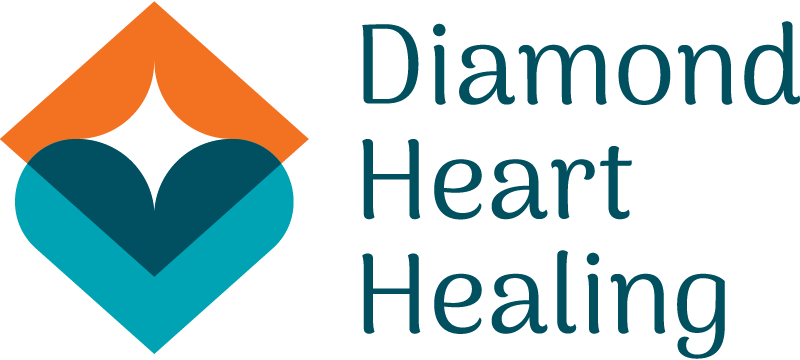The need to be seen
Our behavior, our actions, are largely determined by the need to be seen. We are often unaware of it, deny it or suppress it, but we all have a need to be seen and that is normal and healthy. But the thing that is a problem, is that we often don’t realize that the need to be seen triggers all kinds of survival strategies that helped us survive as children, but now disconnect us from our natural state of being, from our openness and freedom. And we are therefore no longer open and present in the now and not free to do what we really want, but rather let our lives be defined by the past.
As long as we don’t become aware of this mechanism, we keep playing this out. We keep living these child pieces and stay trapped in the past. But when we become aware of this mechanism and understand what it is trying to do, we take a very big step toward freedom.
In this part of the blog, I’m going to describe where the need to be seen comes from, how it came about. And in part two I’m going to describe how it continues in our adult lives.
Why does the child need to be seen and mirrored by the environment?
The child needs to be seen and mirrored because the young child is not yet able to reflect. The child is in its natural state, its authentic state of being; open and sensitive. The child is itself without being conscious of it. There is no awareness of what the child is. The child does not see itself. At this time, the child needs mirroring from outside to see itself, to know and recognize itself. The child is acknowledged and supported by the mirroring in who he or she is.
It is not enough to be seen in who he or she is; The child needs to be seen in all his or her aspects. So not only the child’s identity, its very nature needs to be mirrored, but all aspects of the child that emerge need mirroring. The child needs to be seen in all his or her natural capacities. The child needs to be seen in her or his strength, will, joy, sensitivity, love and so on. And the child also needs to be seen and mirrored in all other dimensions of experience such as her or his feelings and emotions. And the child’s mental and physical manifestations also need to be seen and mirrored.
The aspects of the child that are positively mirrored, that are seen, that are appreciated, the child comes to recognize, cherish and integrate them into his or her sense of identity. The child experiences them as part of himself or herself. The aspects that have not been sufficiently seen and mirrored, the child cannot recognize and integrate them into his sense of identity. The child does not experience them as part of himself. Those aspects remain in the unconscious as unrealized potential. So, we develop an identity that is incomplete. It lacks the aspects that are not seen and mirrored.
We are all insufficiently mirrored
What we are all insufficiently mirrored in, is in our very nature, in who we essentially are, in our core. So, who we have become is always missing the connection with our center, with our deepest core, with our very nature; our authentic self. And therefore, we are always looking for mirroring, for being seen. We want to be seen because we have lost connection with ourselves, with our true identity. So, the need to be seen in our adult life originates here.
Inquiry practice
Now is a good time to explore which aspects of you were mirrored and which aspects were not or not sufficiently mirrored.
Which aspects of you were seen and mirrored? What of you was allowed to be there, was supported or encouraged? You can think of qualities like strength, will, peace, confidence, joy, love, clarity, intelligence. You can think of your emotions like anger, sadness, and fear. Which emotions were allowed to be and were mirrored and which were not? What helps is to look at the family you grew up in and see and feel which qualities were present and which were not or less present. Was it peaceful at home? Was there joy? Was there self-confidence? The qualities that were not present could also not be seen in you and mirrored.
The goal is to bring clarity and understanding to the identity you have developed. And to know that there is nothing wrong with you. You don’t experience certain qualities now, because they were not seen and mirrored when you were a child. But those qualities still reside in the unconscious as unrealized potential..
-Notice what arises in your body as you gain clarity about the identity you have developed. Deficiency, embarrassment or discomfort may arise as you explore this. Allow, acknowledge and embrace all your feelings as much as possible. Name them, write them down.
In this part, you were able to read about where the need to be seen comes from. In part two, we will look at how the need to be seen carries over into our adult lives. You will then begin to understand how your strategies to be seen in your adult life are actually keeping you trapped in the past, disconnected from your natural state of being; your openness and freedom.

